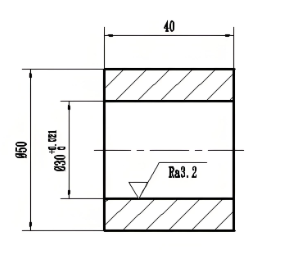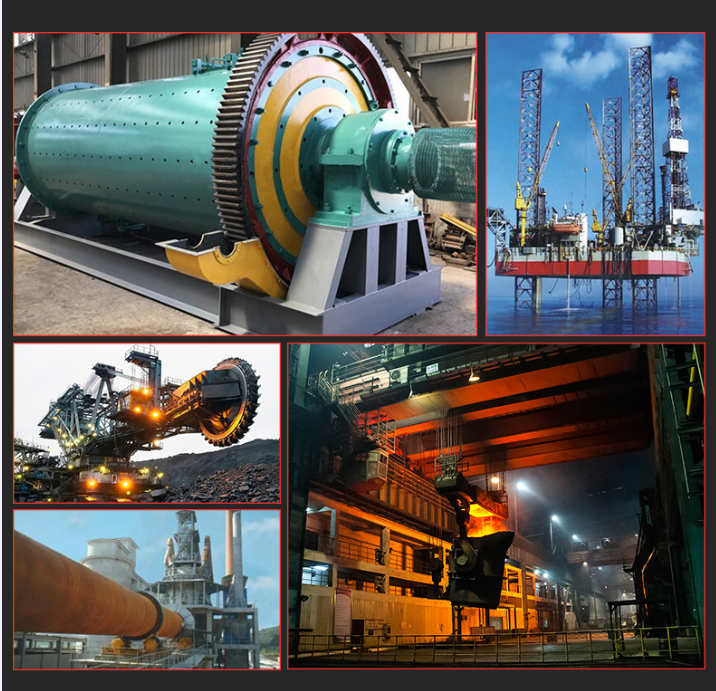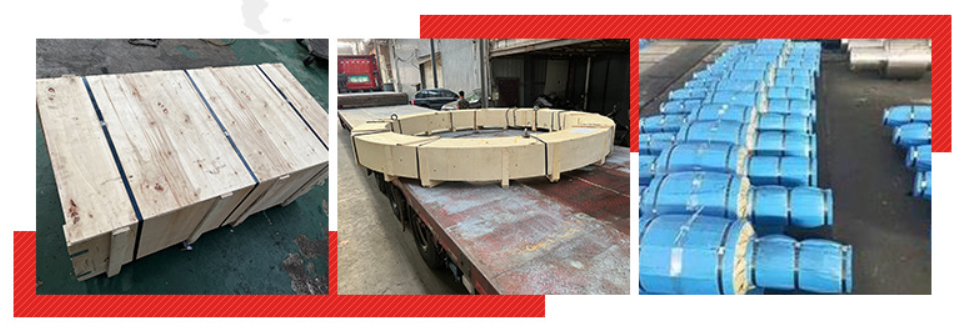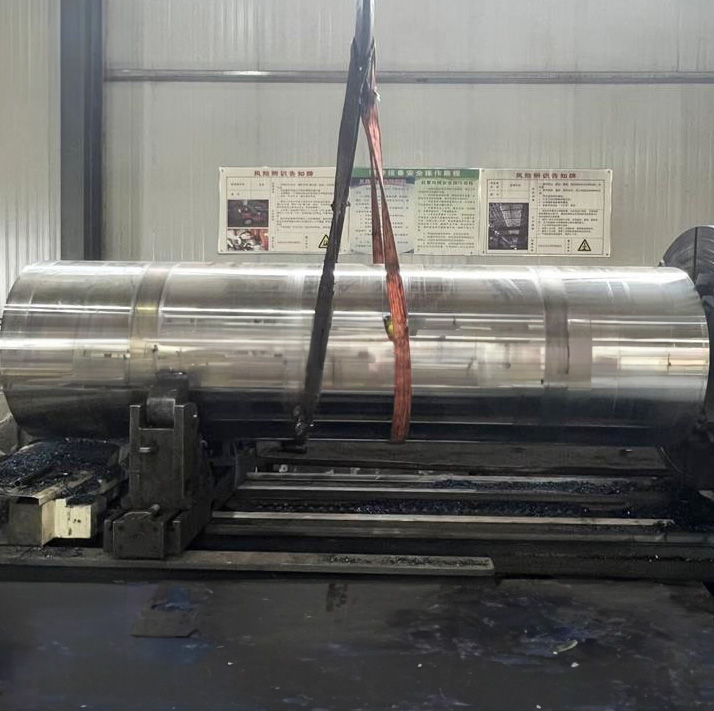Forged pipe mold components
Forged pipe mold components
1. Definition
Forged pipe molds are specialized components used in the production of pipes, typically in the manufacturing process of creating seamless or welded pipes. These molds are designed to shape the material and ensure the desired dimensions and properties of the finished pipes.
2. Materials
Forged pipe molds are commonly made from:
Carbon Steel: Suitable for general applications due to its good strength and ductility.
Alloy Steel: Such as 4140 or 4340, which offer enhanced strength, toughness, and wear resistance.
Tool Steel: For molds requiring high wear resistance and durability during the forging process.
3. Manufacturing Process
Forging: The steel is heated to a malleable state and shaped under high pressure to create the mold. This process improves the mechanical properties and ensures uniform grain structure.
Machining: After forging, the molds undergo precision machining to achieve exact dimensions and surface finishes.
Heat Treatment: Processes like quenching and tempering may be applied to enhance hardness and durability, ensuring the molds can withstand repeated use.
4. Applications
Forged pipe molds are used in:
Pipe Manufacturing: For producing seamless or welded pipes in various industries, including oil and gas, water supply, and construction.
Metal Forming: In processes that require precise shaping of metal components.
Industrial Equipment: For parts that require high strength and reliability.
5. Advantages
High Strength: Forged components can handle significant loads and pressures, making them suitable for demanding applications.
Improved Integrity: The forging process results in fewer defects compared to cast molds, ensuring reliability and performance.
Customizability: Can be tailored to meet specific design and performance requirements for various applications.
Durability: Forged molds exhibit excellent resistance to wear and deformation, prolonging their service life.
Data Needed for Quotation
1) Your own drawing
2) Your requirement on material and necessary dimensional data
3) Ask for recommend

Processing Materials
| Case Hardened Comparison Table | |||||||
| GB | ГOCT | EN | DIN | W.N. | JIS | AISI/SAE | |
| 15CrMn | 16MnCr5 | 16MnCr5 | 1.7131 | 5115 | |||
| 20CrMn | 20MnCr5 | 20MnCr5 | 1.7147 | 5120 | |||
| 12CrMo | 12XM | 13CrMo44 | 1.7335 | 4119 | |||
| 15CrMo | 15XM | 15CrMo5 | 1.7262 | SCM415 | |||
| 20CrMo | 20XM | 20CrMo5 | 1.7264 | SCM420 | 4118 | ||
| 25CrMo | 30XM | 25CrMo4 | 1.7218 | ||||
| 30CrMo | SCM430 | 4130 | |||||
| 35CrMo | 35XM | 34CrMo4 | 1.722 | SCM435 | 4135 | ||
| 42CrMo | EN19 | 42CrMo4 | 1.7225 | SCM440 | 4140 | ||
| 50CrMo4 | 1.7228 | ||||||
| 40Cr | 40X | 41Cr4 | |||||
| 38XC | |||||||
| 25Cr2MoV | 25X2M1Φ | 24CrMoV55 | 1.7733 | ||||
| 50CrVA | 50CrV4 | 1.8159 | SUP10 | ||||
| 31CrMoV9 | 1.8519 | ||||||
| GCr15 | 100Cr6 | 100Cr6 | 1.3505 | 52100 | |||
| 20CrNiMo | 20XHM | 20NiCrMo2-2 | 21NiCrMo2 | 1.6523 | SNCM220 | 8620 | |
| 20XH3A | |||||||
| 20X2H4A | |||||||
| 17CrNiMo6 | 1.6587 | ||||||
| 18CrNiMo7-6 | 1.6587 | ||||||
| 34CrNiMo6 | 1.6582 | VCN150 | |||||
| 34NiCrMo16 | 35NiCrMo16 | 1.2766 | |||||
| 30CrNiMo8 | 1.658 | VCN200 | |||||
| 39NiCrMo3 | 1.651 | ||||||
| 34CrAlNi7 | 1.855 | ||||||
| 38CrMoAl | 38X2MОA | 41CrAlMo7 | 1.8509 | ||||
| 40CrNiMo | EN24 | 40NiCrMo8-4 | 1.6562 | SNCM439 | 4340 | ||
| 40CrNi | 40XH | 40NiCr6 | 1.5711 | ||||
| 20CrMnMo | 18XTM | SCM421 | |||||
| 40CrMnMo | 40XTM | SCM440 | |||||
| 30XTCA | |||||||
| 38XTH | |||||||
| 40XH2MA | |||||||
| 40X2H2MA | |||||||
| 38XH3MA | |||||||
| 38XH3MΦA | |||||||
Processing technology:

Application areas:
Automotive transmissions, medical equipment, metallurgical machinery, lifting equipment, ore equipment, power equipment, light industry equipment, etc

Packaging :




_1733312730.jpg)